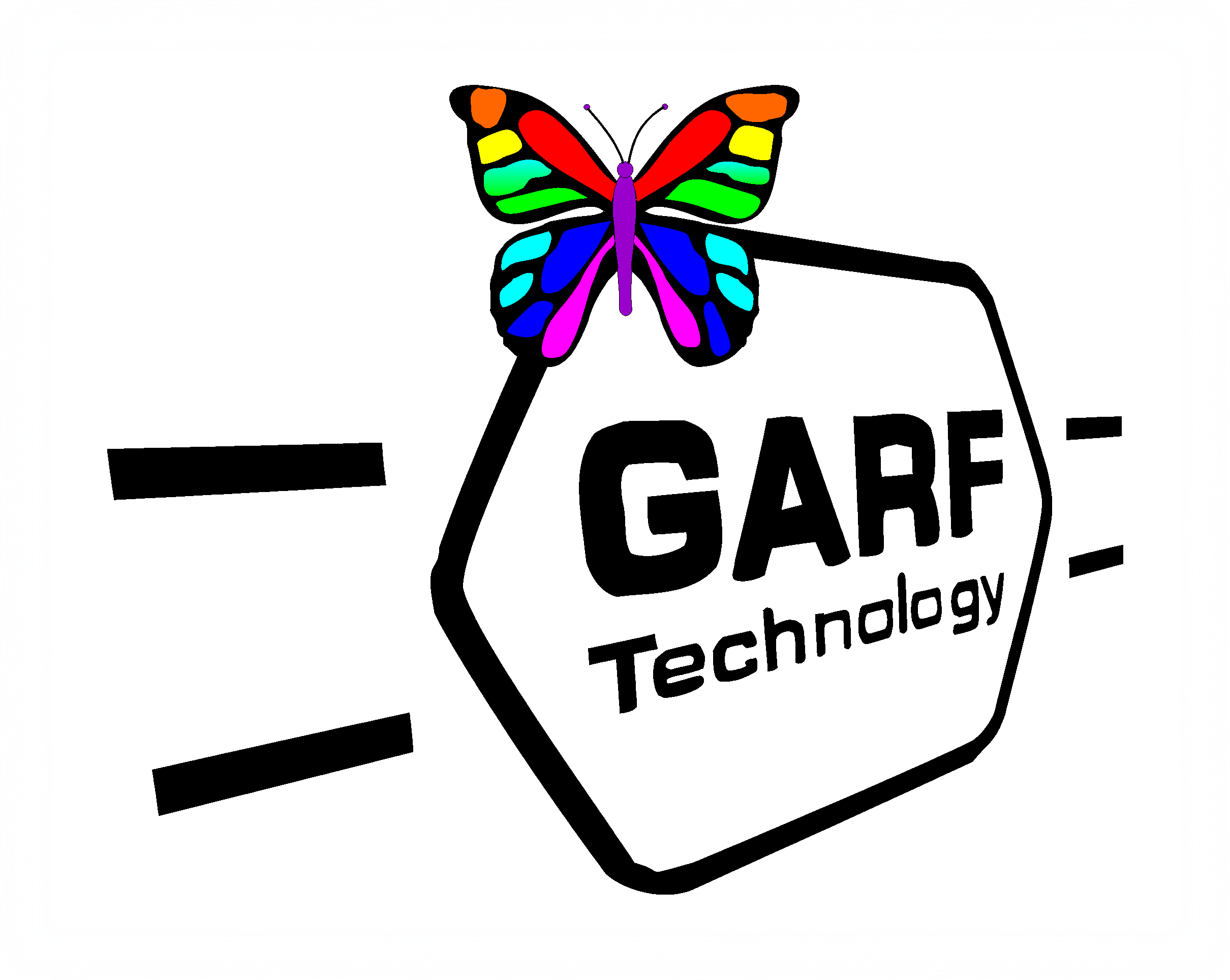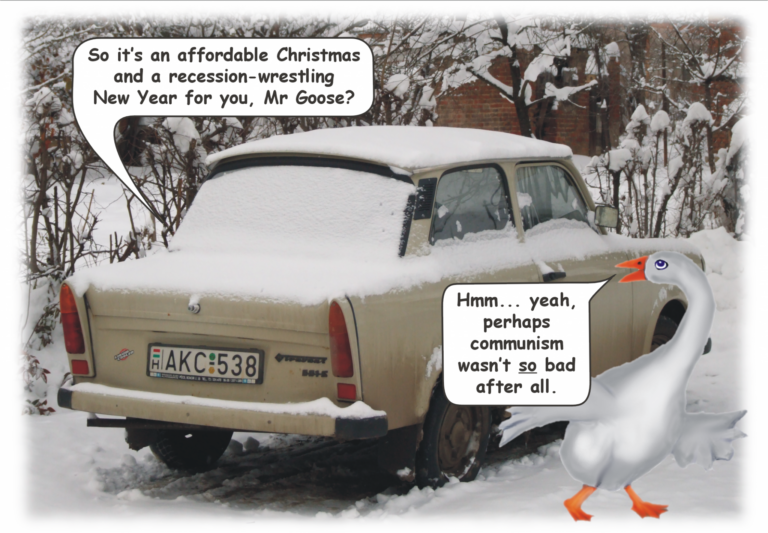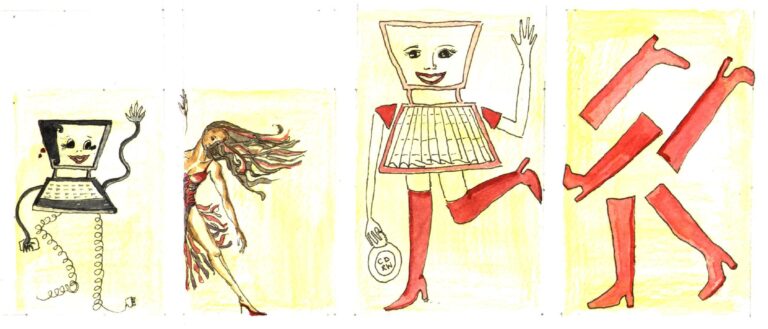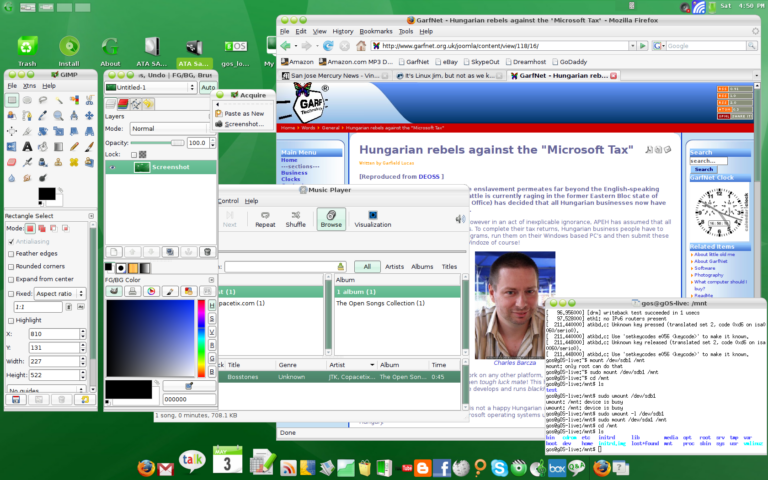Internet radio tuner
Editor’s note: the Garfnet internet Radio player has been discontinued and this article amended accordingly. However the streams have all been updated and can be played through your browser or separate media player.
This is a brief introduction to Internet radio. In a nutshell, we finally had to abandon GarfNet’s somewhat ageing internet radio & TV tuner. This used to appear when you click the Internet Radio item on left side of the page. The “tuner” then automagically appeared at the top of the left hand column, just above the Index.
It should be said there are plans for a much better one. But there never seems to be the time to build it! Besides I use Kradio4 these days. It’s an excellent internet radio player written by Ernst Martin Witte for the KDE Linux desktop. It’s available in the repositories for most KDE-based Linux distros. You can also get the source code from: http://kde-apps.org/content/show.php?content=28097
It is important to understand that these radio streams are not provided by GarfNet. All we did was provide a selection of links to them via our tuner page. In fact we don’t provide the media player either. That is already installed on your computer. In other words, the GarfNet Tuner web page actually calls the media player from your machine and links it to a variety of on-line radio stream sources. Thus no radio content is delivered from GarfNet at all (apart from the initial recording of the now-defunct “Lincolnshire Poacher” spy station).
That is why the player looks different depending on the computer you are using. If you are using MS Windows, chances are you will see the Windows Media Player. We use Linux and our machines see either MPlayer or VLC player. Whatever player you use, it can take up to 10 seconds before a stream engages. My trusty Icom IC-R20 scanner (pictured below) is much faster – though the sound quality is generally not so good!
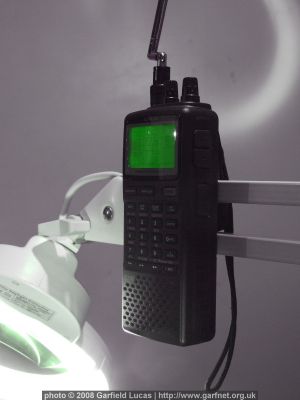
At time of writing, there are thousands of stations available – over 4000 in the EU alone! Currently, the GarfNet system supports up to 400 stations. Consequently, I have been fairly selective – choosing mainly the stations I like listening to on my various scanners & communication receivers. Thus I have provided some links to BBC, leading European and a selection of world radio stations that have an English speaking service – though there is no guarantee that any world service broadcast will necessarily be in English!
More stations will appear when I have researched them a little more thoroughly. Also, not all streams work all the time. Moreover, stream providers have a nasty habit of changing servers. Worse, not all streams are available in all countries. Due to silly copyright restrictions, some broadcasters have to limit their broadcasts to certain receiving IP addresses. Personally I feel this defeats the purpose of a Worldwide web. Furthermore, it sets a very bad precedent insofar as it limits certain content to certain countries. So, whilst I love the internet and I am becoming a big fan of internet radio too, I won’t be throwing away my collection of shortwave receivers away any time soon!
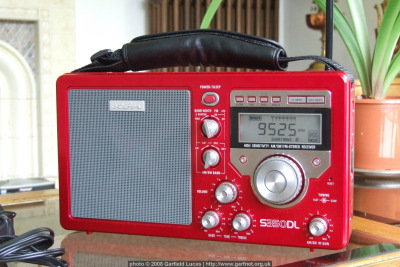
Internet radio is actually quite different from conventional radio. In fact, for most of its travel, the signal is actually transmitted via a wire. The signal or “stream” is a stream of digital data fed from a server somewhere on the internet. This stream is a digitised version of the original analog signal and its quality can vary quite considerably, depending on how much data is used per second to represent the analog signal.
The data is compressed and there are a wide variety of compression techniques used. Some are better than others. But they all introduce a slight delay into the signal. Moreover referring to the player as a “tuner” is another misnomer. The tuner station selector merely switches between stream URL’s.
For those wishing to know where our radio streams came from, please follow this link (opens in new window so it does not disturb your listening pleasure!)
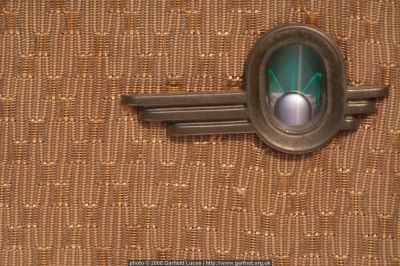
More information to follow when I finished writing it up! Best wishes, G.
